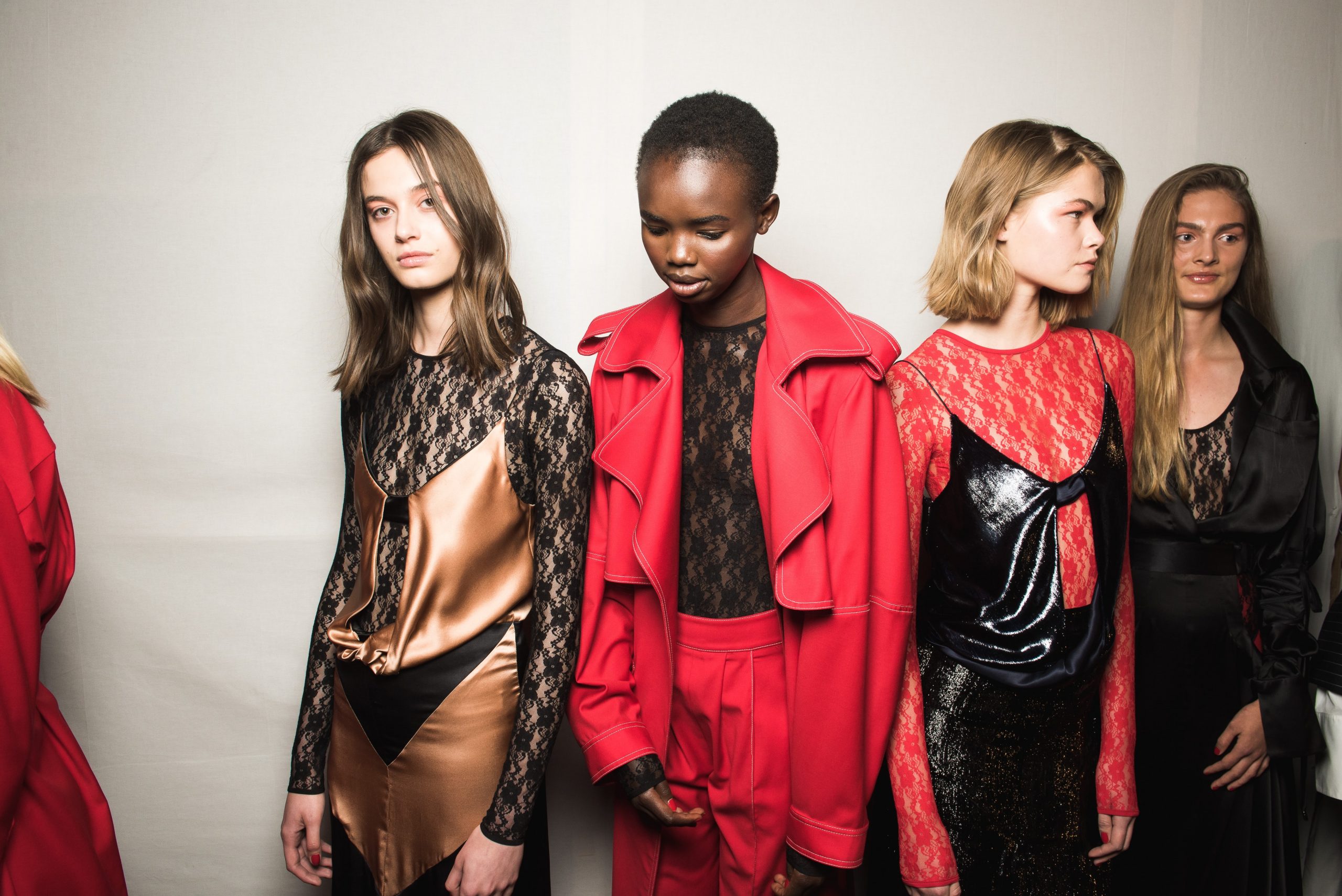Secondhand Fashion & The Shifting Consumer Interest

Secondhand Fashion & The Shifting Consumer Interest
The fashion industry has been booming for decades, but it has come at a cost. Fast fashion has been the driving force behind the industry, with consumers buying more clothes at cheaper prices and leading to an increase in environmental waste. However, in recent years, a new trend has emerged in the fashion industry: Pre-loved fashion.
Secondhand fashion is clothing, shoes, and accessories that have been previously worn and are being resold. The market for secondhand fashion has been growing rapidly, with analysts predicting that it will reach $80 billion by 2029. This growth is almost twice the size of the fast fashion industry, which is worth $43 billion. The resale segment is expected to lead the way with $44 billion, while the traditional thrift sector will contribute $36 billion.
The United Kingdom is at the forefront of the secondhand fashion market, with over 3,800 specialised stores that sell secondhand goods. Sales in these stores have grown by a staggering 27.2% in 2021, indicating a clear shift in consumer preferences towards secondhand items. Vestiaire Collective, the largest European platform for selling luxurious second-hand items, is leading the market with a valuation of $1.7 billion. The company recently secured €178 million ($210 million) in funding from major investors such as SoftBank Vision Fund 2 and Generation Investment Management.
Other companies such as Poshmark and ThreadUp have also gone public with multi-billion dollar valuations, transforming a space once dominated by eBay and Etsy into a competitive pre-owned fashion industry known as “re-commerce.” This market has attracted millennials and consumers in higher income brackets as it offers luxury fashion at more affordable prices.
Online marketplaces such as The RealReal and ThredUp operate as intermediaries, where they obtain merchandise from sellers, organise the inventory, and create product listings. This approach requires significant investment and distribution capabilities, resulting in a longer path towards achieving profitability. On the other hand, Poshmark reached profitability briefly before it was acquired by South Korean search engine firm, Naver, for $1.2 billion in cash. This acquisition price was less than half of Poshmark’s initial public offering (IPO) valuation in 2021.

There are many reasons why secondhand fashion has become so popular. First, it is an affordable way to buy quality clothing and accessories. Second, it allows consumers to reduce their environmental impact by reducing the number of clothes that end up in landfills. Third, it allows consumers to express their individuality by finding unique and one-of-a-kind pieces.
This shift in consumer behaviour has forced fast fashion companies to re-evaluate their practices. Moreover, smaller designers just beginning their journey may find it easier to integrate sustainable practices into their work due to smaller scale production. A popular avenue future talent is going down is using deadstock material to integrate sustainable and pre-loved aesthetics into their work. And, with the rise of the ethical consumer, this is hopefully not a trend, but a long lasting re-evaluation and shift.



